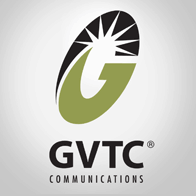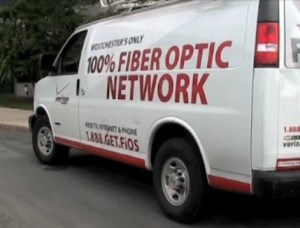 GVTC Communications yesterday launched 40Mbps service across its service area — the Hill Country north of San Antonio — marking a new broadband speed achievement for south Texas.
GVTC Communications yesterday launched 40Mbps service across its service area — the Hill Country north of San Antonio — marking a new broadband speed achievement for south Texas.
The company providing the service is about to reap the rewards of a $35 million investment in a fiber-to-the-home network reaching 80 percent of customers in North San Antonio and the Hill Country. The new premium speed tier bests the company’s current 20Mbps service, and also includes 10Mbps upstream speed for $89.95 a month with a contract.
GVTC says it can deliver even faster speeds, upwards of 100Mbps, but wants to see what kind of demand they have for 40Mbps service first.
GVTC’s speeds will leave San Antonio’s Time Warner Cable and AT&T U-verse customers drooling. GVTC speeds achieve nearly twice the speed of either provider, and leaves them in the dust when comparing upload speeds. The company provides true fiber connections straight to customer homes, not the fiber-copper systems both cable and AT&T rely on.
[flv width=”480″ height=”380″]http://www.phillipdampier.com/video/GVTC-FTTH 12-10-08.flv[/flv]
GVTC Communications explains the benefits of fiber to the home service. (4 minutes)
GVTC believes upstream speeds are particularly important for the area’s small businesses, as well as families with multimedia to share.
AT&T U-verse last week announced a speed upgrade to 24Mbps service in San Antonio, but their upstream speed tops out at 3Mbps. Time Warner Cable currently provides San Antonio customers up to 15Mbps service with 2Mbps upstream speeds.
Time Warner Cable spokesperson Jon Gary Herrera said the company will respond with an upgrade to DOCSIS 3 in San Antonio as soon as the first half of 2010. The upgrade, dubbed “Wideband” in marketing materials, will provide connections up to 50Mbps downstream and 5Mbps upstream.
[flv width=”320″ height=”260″]http://www.phillipdampier.com/video/KSAT San Antonio – Boerne Gets Wired 9-13-07.flv[/flv]
On September 13, 2007 KSAT-TV San Antonio ran this report about Boerne getting new fiber optic access through GVTC. (2 minutes)
That GVTC Communications was able to handily beat both AT&T and Time Warner Cable in both product offerings and fiber optic deployment may be a result of the company’s status as a non-profit cooperative. The more revenue the company brings in, the more the company returns to its customers in the form of Capital Credits. GVTC has always been a major innovator in Texas, being the first phone cooperative in Texas to launch cable television service in the 1980s and the company began using fiber in the 1990s. The company’s service area spans 2,000 square miles and eleven counties, some rural. Despite questions about whether wiring rural customers would provide sufficient return, the company went ahead with the project anyway, which today permits the cooperative to enjoy revenue from telephone, television, and broadband service. It also permits many of their less-urban customers to enjoy the same level of service as the “big city folks.”


 Subscribe
Subscribe



